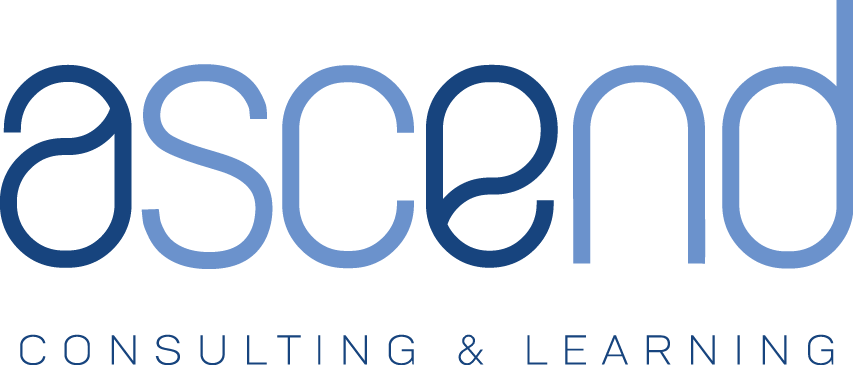
I read an interesting article in the New York Times last week with the ominous title “The Long, Unhappy History of Working From Home.” The article discussed how large, high-profile work at home initiatives at companies like IBM, Best Buy, and Yahoo failed to deliver the expected results and were ultimately canceled. Sufficed to say, that is not the most encouraging news considering the current realities facing architecture and engineering (A/E) firms today.
Most A/E firms have been operating over the past three months with at least some of their workforce working remotely. Many firms have most of their workforce working from home. Studies are showing that going remote has not affected productivity, but I think time will tell there (quick tip – utilization is not the sole measure of productivity you want to track during times of fear and uncertainty).
Research also indicates that a large portion of your workforce has embraced working from home and will want to continue to do so, even when the immediate need for it has passed. With cases of COVID-19 picking back up as we try to reopen the economy, it looks like that need for working at home will continue for some time. However, once we are through this, you will need to make the decision whether to make everyone return to the office or allow them to continue to work from home, at least in some capacity. If you want to keep that portion of your workforce that has embraced this new way of working engaged, managing remote employees will likely be a part of your new permanent reality though.
Luckily, gloom and doom articles like the one in the New York Times mentioned above have a silver lining. We can learn from what has not worked in the past so that we have a better chance of succeeding in the future (or even the present). The reasons the work at home initiatives of the companies mentioned in the article failed boiled down to a couple issues. First, people feel less connected working from home, both to each other and to the company. Second, creativity and innovation can suffer in a work from home environment. So, what can we do about this?
Culture
As I have discussed in a previous blog post, culture is likely one of your most valuable strategic resources. It was built by, and was a big reason for, your success. Unless your company was built with a large part of your workforce being remote, then you need to recognize the impact going remote can have on your culture and work to keep those impacts from becoming negative.
In order to recognize what impacts work from home may have on your culture, you must first understand it. Culture is often nebulous and hard to describe. In a previous blog post, I offered five questions to help describe A/E firm culture. Answering these five questions will help you better understand your culture so that you can identify challenges and design processes to ensure the success of your remote employees.
Your company’s culture needs consistency in order to be able to build and develop to its full potential. Knowing your culture can help you keep this consistency and help keep the connection you have built with your employees over time. For example, if your culture is built on flexibility and autonomy while in the office, do not revert to stability and control due to your fear of having employees working remotely. If the primary driver of your delivery is experience, be sure to put processes in place to ensure that mentoring, albeit virtual, is still occurring on a regular basis.
Communication
Regular and effective communication should be at the top of everyone’s to-do list, especially now. Leaders and managers should be spending more time communicating with employees than ever before to ensure consistency in culture, manage performance, and alleviate fears. They should take every chance they get to reinforce the purpose of their organizations, model behaviors consistent with their cultures, and further develop trust. This will also help keep your employees feel a sense of connection to the company.
Processes should be defined to ensure regular communication among teams. Most firms probably do a good job of this with project teams, but don’t forget about the other teams that exist within your firm. Your firm may have department teams, market segment teams, mentoring teams, manager-employee teams, or informal personal-level teams that are all just as important to maintain and develop. These non-project teams are likely where a good part of the connection between employees, creativity, and innovation are built within your firm. You need to nurture this.
Non-project teams are relatively easy to foster while sitting next to one another. It’s a completely different story when half or more of your employees are working remotely. They take very deliberate and consistent action to maintain and grow. Leaders need to recognize and stress the importance of these teams, budget non-billable time allowances for them, develop guidelines and best practices for them, and set expectations for regular communication among them. We have a host of great technology solutions to facilitate team communication in this day and time. Use this technology but recognize that this technology is only a tool for communication, not the solution for communication.
Trust
The most important component of a successful remote working environment is trust. Without it, you are dead in the water. Leaders and managers need to trust their employees and employees need to trust their managers and leaders. In theory, this is a very easy thing to manage. Managers should clearly and openly define expectations for results, and then hold employees accountable for those results. Just as important, employees should do the same with their managers and leaders. Trust lives and dies on this two-way street.
Managers must resist the temptation to over-manage during times of uncertainty and when facing new situations. This can manifest itself in many ways – a hyper-focused obsession on timesheets and utilization, working hours and instant accessibility, etc. If a manager did not check in on their employees four times a day to be sure they are sitting at their desk prior to going remote, they should not do it when employees are remote. If a manager didn’t scrutinize every unbillable hour before, now is not the time to start. Creativity is often spurred by “non-billable” interactions and changes in environment. If creativity is what you desire, encourage employees to take a break to get outside or go for a walk, schedule some time for interaction outside of project-related work together, etc. Flexibility is a driver of creativity and flexibility requires trust.
Consistency in culture and regular communication as discussed above can help sustain, and even grow, trust between a firm and its employees. The time and effort you spend on this now will help your firm when we eventually return to “normal”, whether that be back in the office or together or spread out across the country on a Zoom call.

